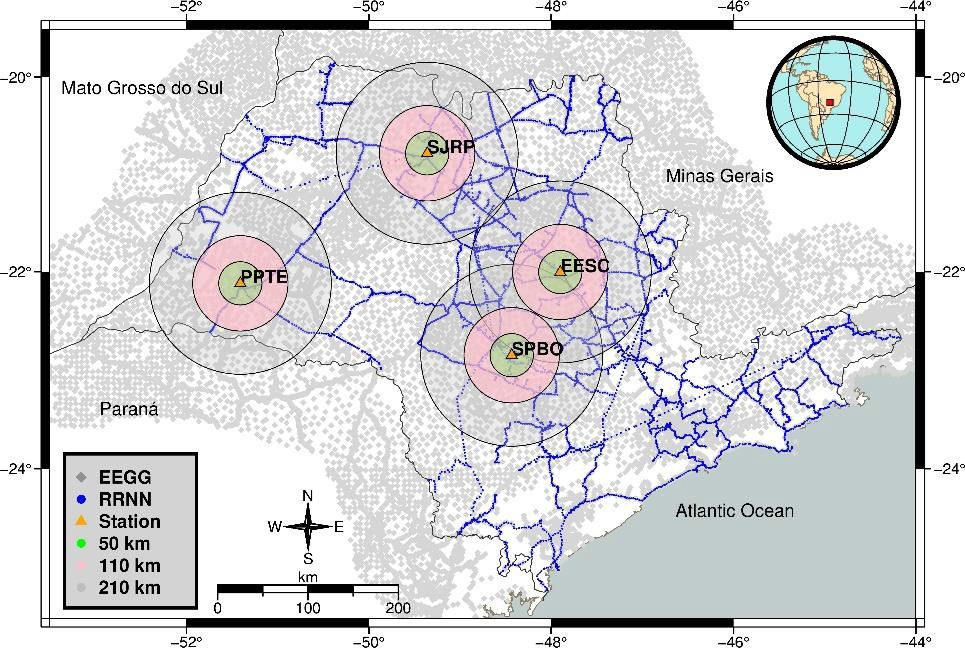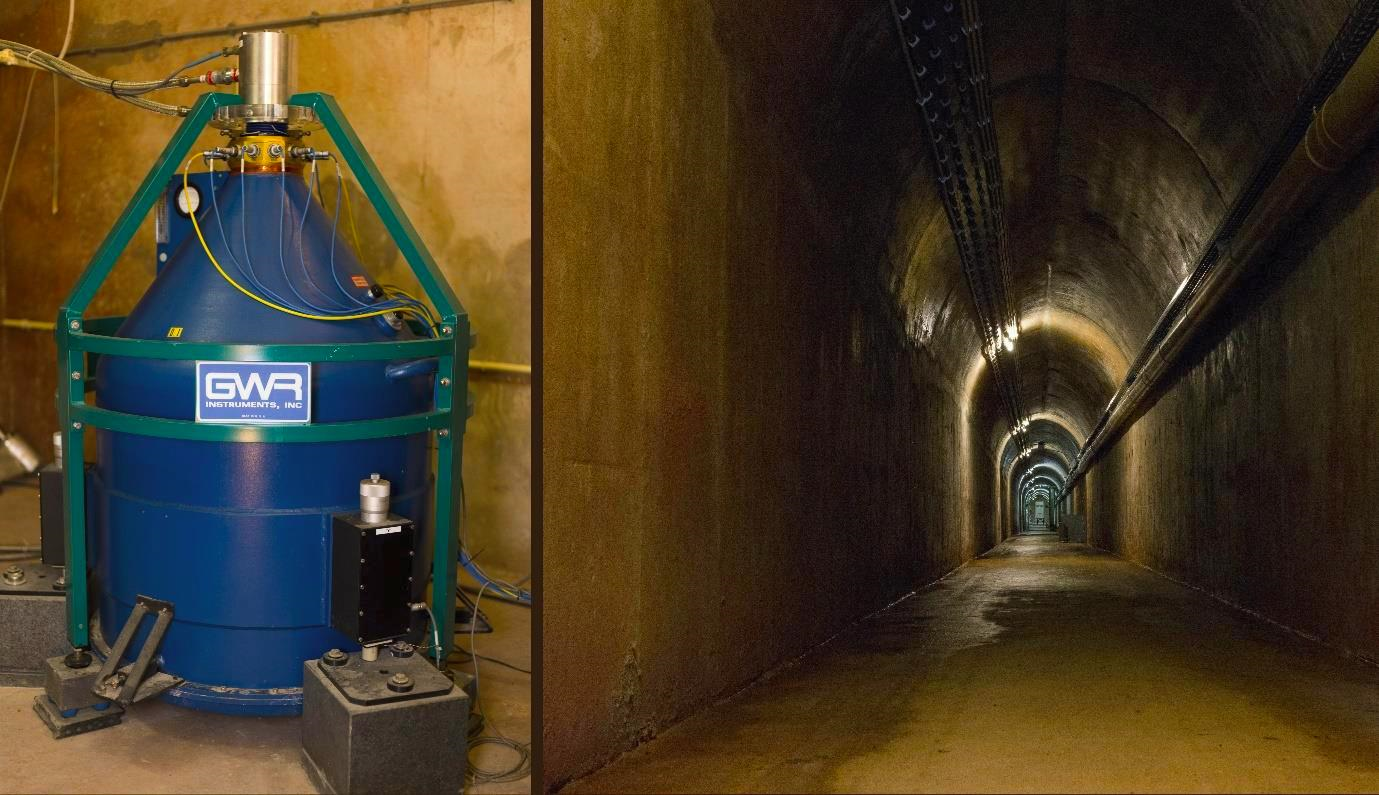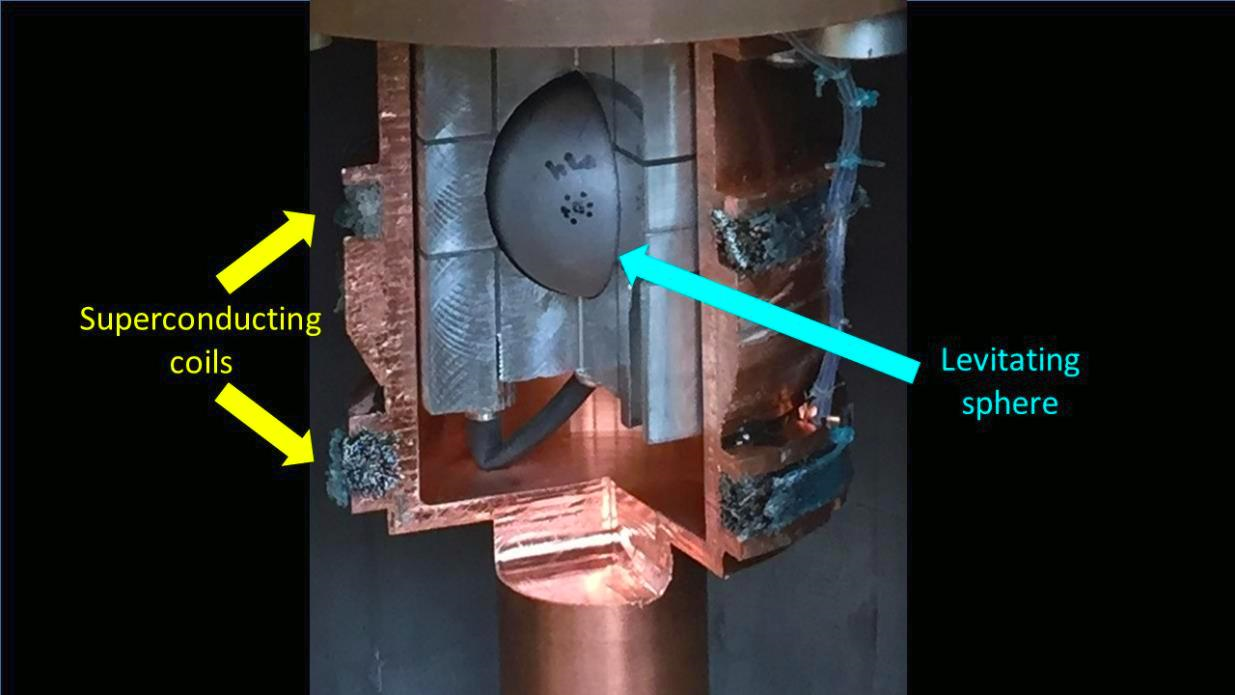August 2020
General Announcements
- The disturbing gravity potential at four IHRF stations in São Paulo state
- 25 years of continuous measurements of gravity in Membach
Meeting Announcements
Meeting Calendar
IAG Sponsored Meetings
- International Autumn School "NEROGRAV"
- International Workshop on GNSS Ionosphere (IWGI2020)
- International DORIS Service Workshop (Virtual Workshop)
- 22nd International Workshop on Laser Ranging
- 43rd COSPAR Scientific Assembly
- Satellite remote sensing for improving hydro‐meteorological models
- EUREF 2021 Symposium
- 19th International Symposium on Geodynamics and Earth Tides (G-ET Symposium 2021)
- IAG Scientific Assembly
- The 6th satellite soil moisture validation and application workshop
- IGS Workshop "IGS 2021: Science from Earth to Space"
- 2nd International Symposium of Commission 4: Positioning and Applications
IAG Related Meetings
- International Symposium on Satellite Navigation (ISSN 2020)
- 22nd meeting of the Consultative Committee for Time and Frequency (CCTF)
- AOGS Annual 18th Meeting
General Announcements
The disturbing gravity potential at four IHRF stations in São Paulo state
In order to collaborate with the establishment of the International Height Reference Frame (IHRF), the Polytechnic School of the University of São Paulo, Department of Engineering Transportation (EPUSP-PTR) addressed an effort to estimate the disturbing and the gravity potential at four stations in the São Paulo state.
The study was performed considering the radius of 110 and 210 km around the computation point, aiming to evaluate the convergence of the results for both cases. The Residual Terrain Model (RTM) technique has been applied for the estimation of the short wave length component.
The selected stations (Figure 1) have a good gravity coverage and they are part of the Brazilian Network for Continuous GNSS Monitoring (RBMC). Absolute gravity value was also measured in the points with A-10 Micro-g LaCoste absolute gravitymeter. Then station of Presidente Prudente (PPTE), is proposed for the global network and the other three, Botucatu (SOBO), São Carlos (EESC) and São José do Rio Preto (SJRP) are part of a local network.

Figure 1- São Paulo IHRF stations.
The computation has been carried out solving the second geodetic boundary value problem using the numerical integration. The program, developed at EPUSP, named HOTINE_5MIN, uses the modified Hotine integral to compute the short wavelength component of the disturbing potential (TP).
The geopotential model GOCO05S was used as the reference field with degree and order 100 and 200, accordin
g to the integration radius. For the RTM the version SRTM15_PLUS was used. The disturbing potential values are shown in Table 1.

Table 1 – TP computed (m2s−2).
The results, as expected, have shown a high dependence on the long wavelength components in the disturbing potential, but not homogeneously. The MGG TP values used in the restore procedure have a difference between order and degree 100 and 200 of 4.98 and -3.82 m2s−2 in Presidente Prudente and São Carlos stations, respectively. While, Botucatu and São José do Rio Preto this difference is -1.50 and 0.54 m2s−2. On the other hand, the TP values of the São José do Rio Preto station (line 5 of Table 1) showed the proximity of the results of TP with nmax: 100 and 200. The values for gravity potential are shown in Table 2.

Table 2 – Gravity potential of IHRF stations (m2s−2).
The RTM technique showed the importance of considering the high frequencies of the gravity field for the reduction of residues and the convergence of results between achievements in a radius of 110 and 210 km. Some further studies will be carried out with high spatial resolution DTMs, as well as different MGGs models. An attention will be addressed to least square collocation to compare with numerical integration.
Valéria Cristina Silva
Denizar Blitzkow
VALÉRIA SILVA, DENIZAR BLITZKOW, ANA CRISTINA CANCORO OLIVEIRA DE MATOS
25 years of continuous measurements of gravity in Membach
On August 4, 2020, the superconducting (or
cryogenic) gravimeter has been measuring for 25 years the variations of gravity
with a precision of one-hundredth of a billionth (10-11) of g (g
= 9.81 m/s²).
Since September 18, 2017, this instrument holds a double world record, in gravimetry and physics:
- 1. Record of the cryogenic gravimeter that has operated the longest at a given location.
- 2. It is also, as far as we know, the longest levitation of a superconducting artefact in a magnetic field. This field is generated by persistent currents, which were injected in 1995 into superconducting coils, where they circulate since then without any resistance and therefore, without ever having been dissipated. Although this record does not contradict what physicists specializing in persistent currents expect – in theory, a superconducting current can flow forever –, it is at least worthy of a place in a "cabinet of curiosities".
In the field of geophysical research at the
Observatory, these measurements are important, among other things because they
provide insight in long-term variations in gravity, still poorly understood,
caused by slow tectonic movements or climatic variations. It is also important
for the study of the water cycle whose varying masses influence gravity.
To date, this gravimeter participates in many research projects and the Royal Observatory of Belgium hopes to be able to perform this type of measurement for many years to come.

The superconducting gravimeter is located at the end of a 132 m – long gallery, 48 meters underneath the surface, in Membach (city of Baelen, eastern Belgium). The instrument sensor is immersed in liquid helium in which the temperature is held at -269°C, in other words 4 degrees above absolute zero, allowing superconductivity. Photo credits: E. Coveliers (gravimeter & gallery); B. Frederick (Sensor)

Exploded view of the sensor of a superconducting gravimeter: the 4-gram hollow sphere levitates in a magnetic field generated by currents flowing through the pair of coils. Photo of the sensor from the old instrument of Uccle, today on display at the Planetarium. Photo credit: E. Coveliers & ORB-KSB. Copy authorized with mention of the source.
Scientific contact:
Michel Van Camp
Ringlaan 3
BE-1180 Ukkel
Tel: +32 (0)2 373 02 65
mvc@oma.be
http://www.seismology.be
Meeting Announcements
Meetings Calendar
IAG Sponsored Meetings
- 2nd International Symposium of Commission 4: Positioning and Applications, September 7-11, 2020, Potsdam, Germany, URL: https://iag-commission4-symposium2020.net/
- International Autumn School "NEROGRAV", October 5-9, 2020, BAd Neuenahr, Germany, URL: https://www.lrg.tum.de/iapg/nerograv/autumn-school/
- International Workshop on GNSS Ionosphere (IWGI2020), October 19-21, 2020, Shanghai, China, URL: http://202.127.29.4/geodesy/iwgi2020/index.html
- International DORIS Service Workshop, October 19-21, 2020, Virtual Symposium, URL: http://ostst-altimetry-2020.com/home
- 22nd International Workshop on Laser Ranging, November 2-6, 2020, Kunming, China, URL: http://22ndilrs2020.csp.escience.cn/dct/page/1
- 43rd COSPAR Scientific Assembly 28 January – 4 February , 2021, Sydney, Australia URL: http://www.cospar2020.org/
- Satellite remote sensing for improving hydro‐meteorological models, February 9-11, 2021, Hobart, Australia, URL: https://www.aesconvention.com.au/
- EUREF 2021 Symposium, May 26-28, 2021, Ljubljana, Slovenia, URL: https://euref2020.si/
- 19th International Symposium on Geodynamics and Earth Tides (G-ET Symposium 2021), June 22-26, 2021, Wuhan, China, URL: http://get2020.csp.escience.cn/dct/page/1
- IAG Scientific Assembly June 28 – July 5, 2021, Beijing, China URL: http://www.iugg.org/meetings/assemblies.php
- The 6th satellite soil moisture validation and application workshop, September 14-16, 2021, Perugia, Italy, URL: http://venti-eventi.com/
- IGS Workshop "IGS 2021: Science from Earth to Space", September 27-October 1, 2021, Boulder, CO, USA URL: https://www.igscb.org/workshop2021/
IAG Related Meetings
- International Symposium on Satellite Navigation (ISSN 2020), October 21-24, 2020, Nanjing, China, URL: http://issn2020.csp.escience.cn/dct/page/1
- 22nd meeting of the Consultative Committee for Time and Frequency (CCTF), October 26-30, 2020, Paris, France, URL: https://www.bipm.org/en/committees/cc/cctf/
- AOGS Annual 18th Meeting, August 1-6, 2021, Singapore,
URL: http://www.asiaoceania.org/society/public.asp?view=up_coming
Further details are available in the IAG Event Calendar at: http://www.iag-aig.org/events.
The IAG Newsletter is under the editorial responsibility of the Communication and Outreach Branch (COB) of the IAG. It is an open forum and contributors are welcome to send material (preferably in electronic form) to the IAG COB (newsletter@iag-aig.org). These contributions should complement information sent by IAG officials or by IAG symposia organizers (reports and announcements). The IAG Newsletter is published monthly. It is available in different formats from the IAG new internet site: http://www.iag-aig.org.
Each IAG Newsletter includes several of the following topics:
- news from the Bureau Members
- general information
- reports of IAG symposia
- reports by commissions, special commissions or study groups
- symposia announcements
- book reviews
- fast bibliography
| DOCUMENTS |
| IAG_Newsletter_August_2020.pdf |